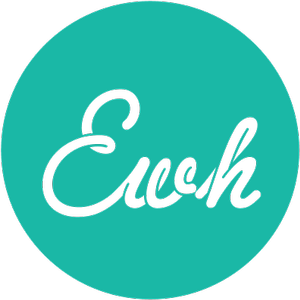
Writing Styles for Children’s Books
Style in Children’s Literature
A major question to consider when developing an idea for a children’s book is what the style of the book will be. Will it be lean and simple, or rich in imagery and ideas? Will it be matter-of-fact, lyrical, or tongue in cheek? What about narration – what voice will the story be told in? First or third person?
Whose point of view the story is told from is one of the most important decisions an author can make. But how to determine the best choice?
Consider these questions:
- Can the central character be present for, and actively involved in, all the events of the story, or must they be elsewhere during some of the scenes?
- Does he or she have a stake in the outcome of this story?
- Is he or she the central focus, more or less on every page, with everything happening to them?
- Is it helpful to see the events that are happening to them through their eyes?
If the answers to these questions are mostly yes, then first person might be a good choice. If not, a third person narrator’s voice may give you more freedom and flexibility.
Types of Tenses
There is also the question of tense. Will it be past or present? Is it going to be “once upon a time” or “he says/she says”? There is a great trend toward immediacy in the picture book market right now. Publishers like books in present tense, the thought being that it engages the reader more actively in the story. They’re experiencing it as it happens, rather than being once removed from something that happened before.
 If you’re telling a story that is specific to a certain event or time – for example, “so and so saved the day in the school play” – you might want to tell it in past tense, because it’s a finite event that took place once upon a time. If you’re telling “a day in the life of…” story, where the events are ongoing, or could happen more than once, then the present tense might more engaging.
If you’re telling a story that is specific to a certain event or time – for example, “so and so saved the day in the school play” – you might want to tell it in past tense, because it’s a finite event that took place once upon a time. If you’re telling “a day in the life of…” story, where the events are ongoing, or could happen more than once, then the present tense might more engaging.
For example, in Ian Falconer’s wonderful “Olivia” books, the first one – Olivia, which focuses on introducing the character and describes Olivia’s average day – is in the present tense. Subsequent books such as Olivia Forms a Band, in which Olivia celebrates the Fourth of July, are told in past tense.
There is no right or wrong approach. It’s all a question of style.






